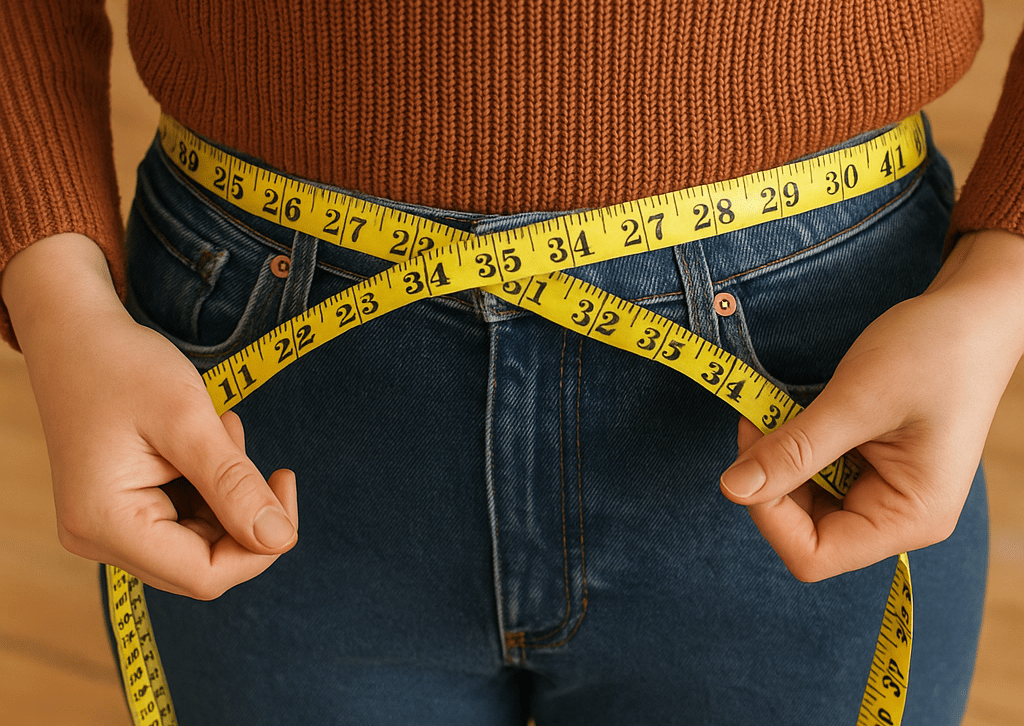Discover amazing discounts on sewing patterns-Fabric-Doll CLothes-eBooks-Yarn-& Other Handmades!
How to Measure Yourself for Perfectly Fitting Pants
Learn how to measure yourself for perfectly fitting pants and make smart adjustments to sewing patterns before you cut. This step-by-step guide helps you create a personalized pants fit for comfort, style, and confidence.
SEWING TIPS AND TECHNIQUES
Rhonda Harris
8/6/20253 min read
A Complete Guide to Measuring and Adjusting Pants Patterns for a Flawless Fit
Because One Size Doesn’t Fit All
If we were paper dolls, pants would be easy—cut, fold, wear, done. But real bodies come in all shapes and proportions, and sewing patterns rarely fit anyone perfectly right out of the envelope. The secret to great-fitting pants lies in accurate measurements and smart pattern adjustments before you even start cutting fabric.
This article walks you through how to take your measurements properly and how to use them to achieve a flawless fit when sewing pants.
People, Patterns, and Fit
Sewing patterns are based on standard measurements that don’t represent real-life bodies. You and someone else may have the same waist and hip measurements, but that doesn't mean the same pants pattern will fit both of you the same way. Variations in rise, crotch depth, thigh shape, and leg length all affect fit.
That’s why two people sewing the same size pattern will end up with two very different results unless they adjust the pattern for their unique proportions.
Understanding Pattern Sizing
Most pants patterns are based on just two measurements:
Waist circumference
Hip circumference
But perfectly fitting pants require more than that. The pattern may need to be adjusted for:
Crotch depth
Inseam length
Rise
Thigh circumference
Preferred ease or tightness
Pattern companies also vary:
McCall’s tends to run generously.
Simplicity is fairly true-to-size.
Butterick runs smaller than expected.
Each brand includes its own ease allowance—the extra room built in for comfort. But that amount might not match your preferences. Some sewists prefer a close fit; others want ease for sitting, moving, or layering.
Adjust Before You Sew
Before you cut your fabric, adjust your pattern. Use your own measurements (not the size chart) to compare and modify:
Key areas to check:
Waist circumference
Hip circumference
Crotch depth (vertical distance from waist to crotch)
Inseam (length from crotch to ankle)
Rise (how high pants sit on your body)
Thigh circumference
These simple tweaks can prevent the frustration of a poor fit later.
Create a Personal Master Pants Pattern
To save time on future projects, sewists often create a master pants pattern tailored to their measurements. You can use this fitted base pattern to:
Test new styles
Adjust commercial patterns
Draft your own designs
Start with a basic pants pattern and fit it carefully. Once it fits perfectly, trace it onto durable paper or interfacing to reuse again and again.
What to Wear When Taking Measurements
Wear the undergarments you typically wear with pants. If you use shaping garments (like a girdle or compression shorts), wear them during measurement. Be sure the waistband sits at your natural waist—the spot where your torso creases when you bend side to side.
How to Measure Yourself for Pants
Use a flexible measuring tape and follow these steps:
Waist
Measure around your natural waist (where your body creases).
If you wear a belt, factor in how snug or loose you want the waistband.
Don’t pull the tape too tight. Comfort is key.
Hips
Measure around the fullest part of your buttocks.
Stand naturally with feet together.
Allow ease for movement and sitting.
Inseam
Have someone measure from your inner thigh (crotch seam) to the bottom of your ankle.
Or measure a well-fitting pair of pants from crotch to hem.
Stand straight with feet shoulder-width apart for accuracy.
Rise
Measure from the front waistband, through the crotch, up to the back waistband.
This determines where pants will sit on your torso.
Thigh
Measure around the fullest part of your thigh.
Useful for slim-fitting pants or styles with shaping seams.
Pro Tip:
Always keep your measuring tape level with the floor and snug but not tight. You're not measuring your smallest possible size—you’re measuring for how you want your pants to feel and fit in real life.
You Deserve Pants That Fit
Measuring and adjusting take a bit more time, but the results are worth it. When you sew pants based on your body, your style, and your comfort level, you get pants that look and feel incredible.
So grab your tape measure, take your time, and start building a pants pattern that fits you, not the paper doll version of you.
Need patterns to sew perfectly fitted pants? Shop my sewing shop for sewing patterns I'm sure will please you!
Curated Sewing Goods Online – Based in the USA
Your source for sewing inspiration: patterns, fabrics, notions, sewing eBooks, and handmade goods
Reach Out Contact Me
rhonda@theneedlemarket.com
Proudly powered by Hostinger
Start your own site with Hostinger



